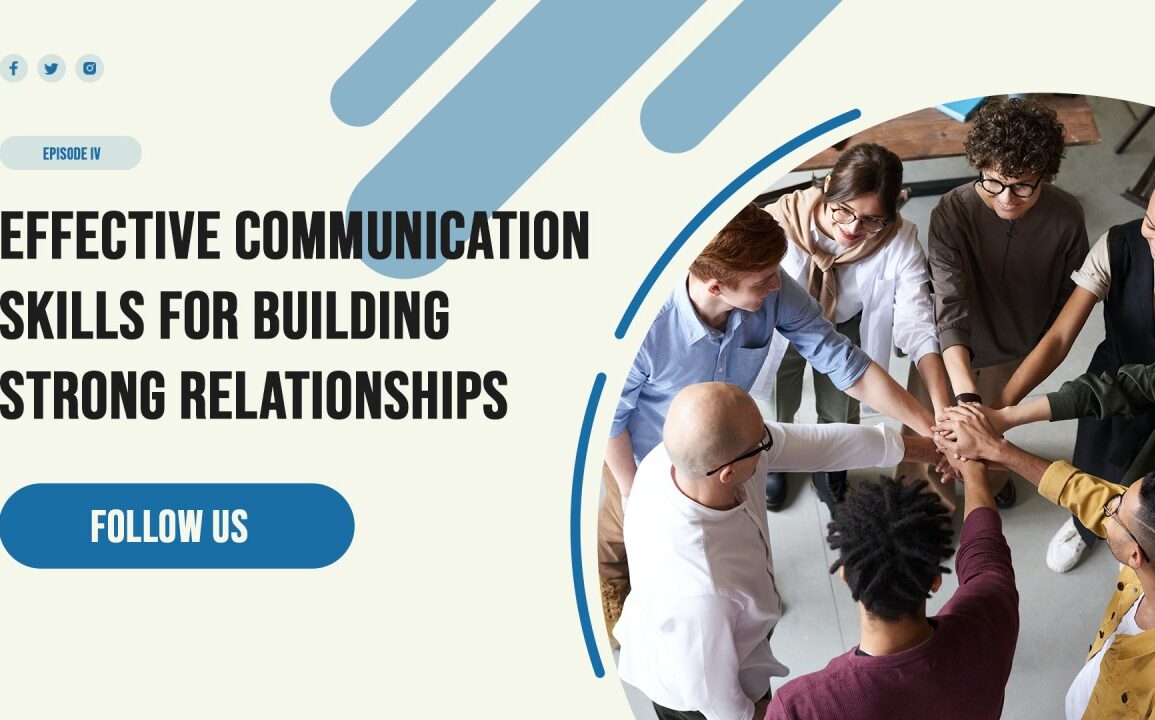Understanding What Good Communication Looks Like
Strong communication skills rarely appear overnight. They develop slowly, shaped by practice, reflection, and a willingness to understand how people think. At its core, communication is about clarity. It is the ability to take an idea in your mind and express it in a way that someone else can understand without strain. Many people assume it is only about speaking well, yet it also includes listening, pausing, asking thoughtful questions, and reading subtle cues. You start noticing patterns when you pay attention. Some conversations feel effortless, while others require more intention. The more aware you become of how you interact with others, the easier it becomes to improve. Good communication feels natural to the listener because the speaker has taken the time to make the message simple, organized, and respectful. Anyone can reach that level with enough consistency and patience. It begins with learning to pay attention to not only what you want to say but also how the other person prefers to hear it.
Developing the Habit of Active Listening
Many communication challenges come from listening only to respond instead of listening to understand. Active listening shifts the focus. It encourages you to slow down, absorb what the other person is saying, and reflect it in a way that shows you have truly heard them. It might be as simple as paraphrasing a sentence or acknowledging the emotion behind their words. People relax when they feel heard. Tension fades. Conversations move forward more smoothly. In professional settings, active listening becomes even more valuable. When clients, colleagues, or managers feel understood, they tend to offer clearer details and more helpful feedback. This is where strong client communication often begins. It is not about perfect speeches but about making the other person feel that their concerns matter. Practicing this skill daily—during meetings, casual conversations, or even small interactions—helps build a solid foundation. Over time, it becomes second nature, and both personal and professional relationships benefit from this added clarity.
Learning How to Communicate with Intent
Good communication requires intention, not improvisation. Instead of jumping into a conversation without direction, consider what you want to accomplish. Do you want to offer clarity, request help, solve a problem, or build a connection? When the purpose is clear, the conversation becomes easier to navigate. You find yourself choosing words more carefully and avoiding unnecessary confusion. Intentional communication also relies on structure. Most people appreciate when messages are presented in a logical order. They want a sense of beginning, middle, and end. This helps them follow the conversation and respond appropriately. Taking a moment to gather your thoughts before speaking can prevent misunderstandings that might have required lengthy explanations later. Written communication works the same way. Emails, messages, and presentations benefit from a clear purpose and organized thoughts. When people sense that your communication is purposeful rather than scattered, they tend to respond more positively. It signals professionalism, confidence, and respect for their time.
Understanding Tone and Nonverbal Cues
Words matter, but tone and body language often shape how those words are received. Two people can say the same sentence, yet the meaning changes depending on their posture, facial expressions, or vocal tone. This is one of the biggest reasons communication sometimes goes off track. Being aware of your nonverbal cues helps you guide a conversation more effectively. A calm tone invites cooperation. An open expression signals interest. Small adjustments can significantly change the outcome of an interaction. On the other side, learning to read others’ cues improves your responsiveness. You can tell when someone is confused, hesitant, or disengaged, even if they do not say it directly. You can then adjust your delivery. Perhaps you slow down, repeat a key point, or ask if they have questions. Mastering this awareness takes time, but it is one of the most powerful tools for strengthening communication. It turns ordinary interactions into meaningful exchanges where people feel comfortable participating.
Practicing Clear and Concise Messaging
Communication becomes easier when it is simple. Many people accidentally complicate their messages by including too many details or drifting off topic. This happens especially in situations where emotions are high or the speaker feels rushed. Practicing concise messaging helps prevent this. Start by identifying the main point you want someone to remember. Everything else should support that point rather than distract from it. Concise communication does not mean cutting out important context. It means avoiding unnecessary words that dilute your message. This skill matters in every part of life, from presentations to casual conversations. When people notice that your communication is easy to follow, they are more willing to engage. They trust that you will not waste their time or overwhelm them with irrelevant information. Over time, this clarity improves collaboration and reduces misinterpretations.
Strengthening Communication Through Consistent Practice
Communication is a skill that improves through repetition. There is no shortcut or quick trick that instantly makes someone excellent at it. Daily practice is what strengthens it. You can refine your communication during meetings, in written messages, or while navigating disagreements. Even everyday moments—like giving directions or asking for help—offer a chance to practice structure, clarity, tone, and patience. Reflecting on conversations afterward can also be useful. You might ask yourself whether your message landed the way you intended or whether something could have been phrased more clearly. This kind of self-awareness accelerates growth. You begin identifying patterns in your strengths and weaknesses. Over time, the improvements become noticeable not only to you but to the people you interact with regularly. They respond more positively, conversations feel smoother, and you begin to see communication as an ongoing process rather than a final destination.
Conclusion: Communication Skills That Strengthen Every Relationship
Communication is a lifelong skill, one that continues evolving as you grow personally and professionally. It requires listening, intention, clarity, and awareness of both words and unspoken cues. Strong communication builds trust, supports collaboration, and helps resolve challenges before they escalate. Whether you are interacting with clients, coworkers, or friends, the ability to express yourself clearly and respectfully creates better outcomes for everyone involved. With patience and practice, anyone can develop strong communication habits that make daily interactions easier and more fulfilling.






